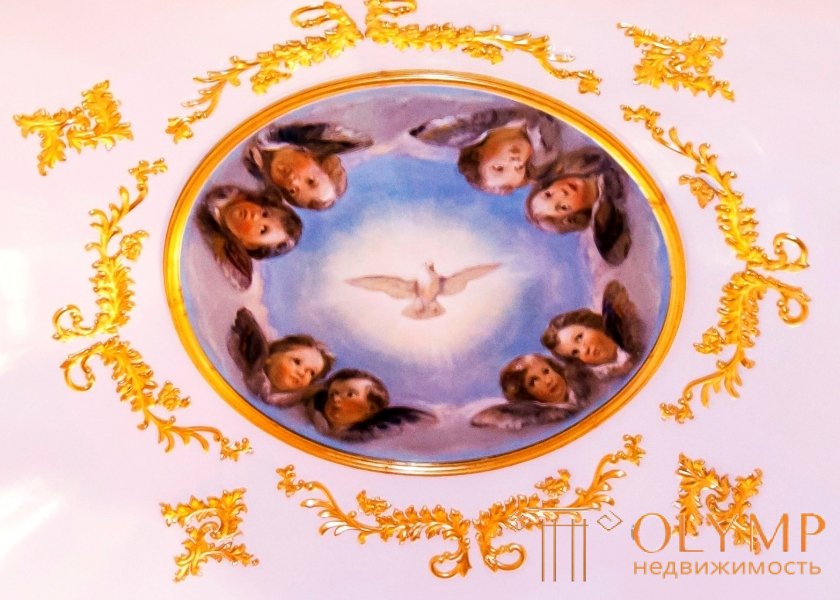
Monumental painting is a type of monumental art, painting on architectural structures and other stationary grounds. Sometimes called murals, in English name (mural)
Monumental painting is a kind of monumental art, painting on architectural structures and other stationary grounds. Monumental painting is the most ancient type of painting, known from the Paleolithic (murals in the caves of Altamira, Lyasko, etc.). Due to the stationarity and longevity of works of monumental painting, its numerous samples remained from almost all the cultures that created a developed architecture, and sometimes serve as the only type of preserved pictorial works of the era.
Starting from early Antiquity to the late Renaissance, monumental painting along with monumental sculpture is one of the main methods for decorating stone, brick and concrete (Ancient Rome) structures. It was widely used in the temple and burial complexes of ancient Egypt, in the architecture of the Crete-Mycenaean civilization. The ancient Greek monumental painting, which did not reach us (with the exception of the mosaic), including the painting of marble and hrizolefantinnogo sculpture, largely determined the nature of the perception of works of classical and Hellenistic plastics and architecture.
In ancient Rome, especially after the ancient Roman architectural revolution, it was extremely widespread, including in the design of private dwellings. Mosaic and fresco, widely used in the temple architecture of Byzantium, had a decisive influence on the development of ancient Russian monumental art.
In the art of the European Middle Ages, the unprecedented development of stained glass technique deserves special attention. The leading masters of the Renaissance created a lot of grand in scope and virtuoso in the execution of frescoes.
Outstanding works of monumental painting remained from the pre-Columbian civilizations of the Americas (in particular the Maya). In the art of the Far Eastern civilizations, monumental painting occupies a special place, closely adjoining to decorative painting (the art of Japan).
In modern monumental painting, new mosaic and stained glass materials are being actively mastered. In the painting, the fresco is exceptionally laborious and requires technical virtuosity and gives way to the “a sekko” technique (on dry plaster), which is more stable in the atmosphere of modern cities.
We live in the modern world, which implies the development of information technology, science and technology. But along with the orientation on the material values of people, and the erection of new futuristic buildings, there is the majestic architectural structures of bygone eras, and the importance of their preservation, as a memory of the history of our civilization. Previously, we considered such arts as stucco decoration and gilding. Today we will talk about an equally important element of the restoration - monumental painting.

Monumental painting as an art form.
Monumental painting is a type of monumental art. Today it is inextricably linked with architecture. The concept of monumental comes from the Latin word "monument", which means "keeps memory", "reminiscent". With monumental painting they paint walls, floors, ceilings, arches, windows, etc. It can be either the dominant feature of an architectural monument or its decoration. The very same monumentality of wall painting is determined by the relationship with the architectural appearance, forming a single artistic concept. It is also the most ancient type of painting. This is evidenced by the paintings in caves and cave paintings that were preserved in almost all continents and created by primitive people. Due to its durability and stationarity, samples of monumental painting have survived from virtually all cultures that have developed architecture, and sometimes serve as the only type of preserved pictorial works of the era. These monuments carry great value, and sometimes are the only source of information about the features of cultures from different historical eras.
The history of formation and development.
In ancient times, painting could not be imagined outside walls, ceilings and other structures. Since the artists and painters then were still not familiar with the art of drawing on canvas. Thanks to the painting, they wanted to convey to their contemporaries and compatriots the meaning of mythological scenes, heroic events, religious legends.
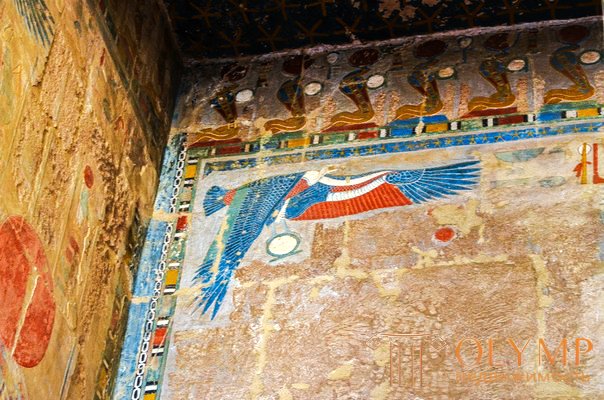
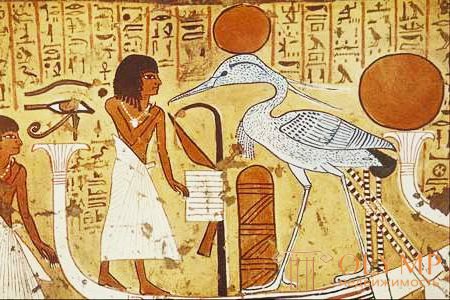 The epoch of ancient Egypt gave us the first monuments of monumental architecture. They were the pyramids and temples, tombs for the pharaohs, preserved to this day. Decorating the inner space of the pyramids, monumental painting is the most important source of information about the culture of Ancient Egypt, the state and social structure, features of everyday life and crafts of the Egyptians.
The epoch of ancient Egypt gave us the first monuments of monumental architecture. They were the pyramids and temples, tombs for the pharaohs, preserved to this day. Decorating the inner space of the pyramids, monumental painting is the most important source of information about the culture of Ancient Egypt, the state and social structure, features of everyday life and crafts of the Egyptians.
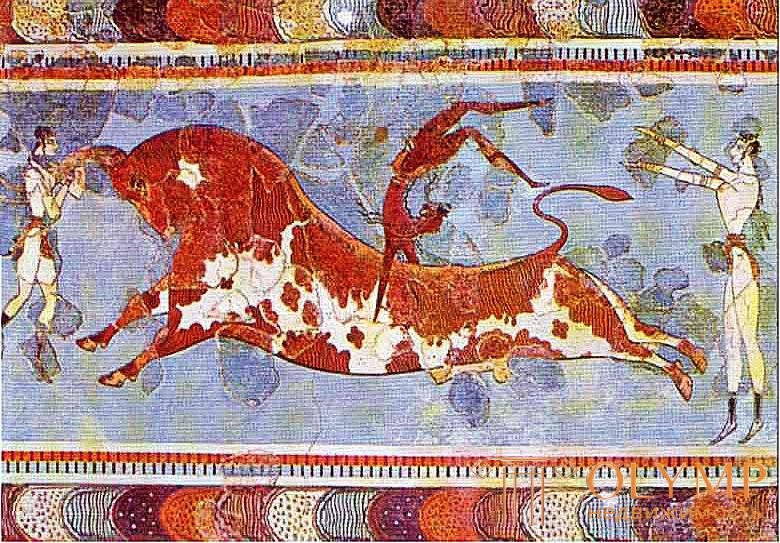 Unfortunately, the samples of monumental painting of ancient Greece are almost all lost. Mostly only mosaics have been preserved, which make it possible to get a general idea of the monumental painting of the Greeks. One of the earliest ancient Greek masterpieces of monumental painting is the Palace of Knossos. Its fragments were discovered by archaeologists on the island of Crete. This ancient monument of art is evidence of how diverse the horizons of the ancient Greeks were.
Unfortunately, the samples of monumental painting of ancient Greece are almost all lost. Mostly only mosaics have been preserved, which make it possible to get a general idea of the monumental painting of the Greeks. One of the earliest ancient Greek masterpieces of monumental painting is the Palace of Knossos. Its fragments were discovered by archaeologists on the island of Crete. This ancient monument of art is evidence of how diverse the horizons of the ancient Greeks were.
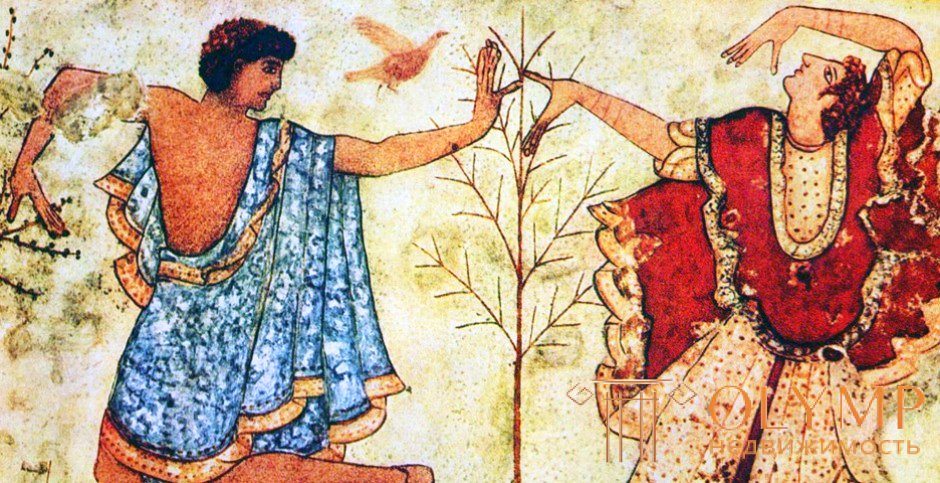
In the era of the European Middle Ages, monumental painting received its distribution in the form of stained glass technique. Also, the best masters of the Renaissance created many grandiose in scope and virtuoso in the execution of frescoes.
Monumental painting reached great development in such Asian countries as: China, India, Japan. The worldview and religion of eastern countries differed from European ones. This is reflected in monumental painting. Masters of the East decorated temples and residential buildings with images of nature, fantastic landscapes.

Modern monumental painting.
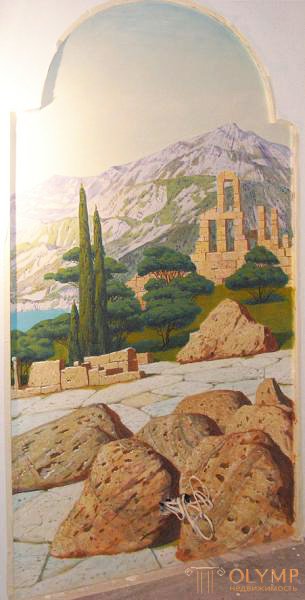 Nowadays, monumental types of painting continue to be actively used in the design of interiors and exteriors of buildings. As before, modern monumental painting preserves the tradition of hand-painting the walls, while technology develops, new materials are improved and mastered. Another trend is the development of techniques of making mosaics and stained glass.
Nowadays, monumental types of painting continue to be actively used in the design of interiors and exteriors of buildings. As before, modern monumental painting preserves the tradition of hand-painting the walls, while technology develops, new materials are improved and mastered. Another trend is the development of techniques of making mosaics and stained glass.
If in the past masters painted mostly temples and palaces, then modern monumental painting adorns museums, exhibition complexes, palaces of culture, railway stations, hotels, private mansions, apartments and other buildings and structures.
This is due to the fact that now monumental painting is mainly a decorative effect, creating a general atmosphere in a certain architectural structure, while earlier it was used to build historical heritage.
The plots of the mural are more often selected from the purpose of the room, giving preference to realism, creating a three-dimensional effect in the interior and allowing the architectural complex to give the appropriate mood from the inside.
Monumental painting can be placed on the walls, ceilings and arches, smoothly flowing from one plane to another, forming a single plot.
Depending on the position of the viewer, the perception of this monumental painting may vary. But its effect must persist or even intensify. In modern monumental painting, new mosaic and stained glass materials are being actively mastered. In the painting, the fresco is exceptionally laborious and requires technical virtuosity and gives way to the “a sekko” technique (on dry plaster), which is more stable in the atmosphere of modern cities.

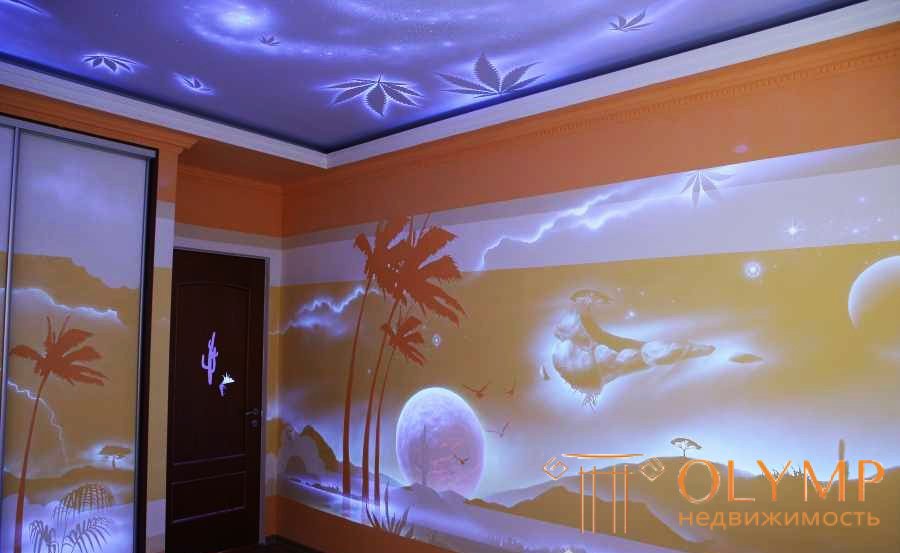
The main techniques of monumental painting.
Depending on the method of obtaining the image, in monumental painting 5 main types of techniques can be used: fresco, tempera painting, mosaic, stained-glass window, and sekko. Consider each technique in more detail.

Equipment. Fresco
Description. The technique of monumental painting, according to which, the image is created on wet plaster with paints of powdered pigment diluted in water. On dried plaster, lime forms a calcium film that protects the drawing and makes the fresco lasting.
__________________________________________________________________________________________________________________
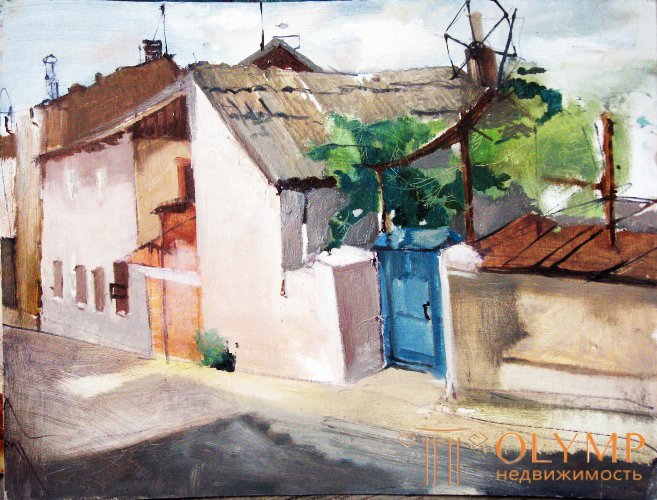
Equipment. Tempura Painting
Description. As in the technique of fresco, the image is applied to the wet plaster. But in this case paints from a vegetable pigment diluted in egg or oil are used.
_________________________________________________________________________________________________________
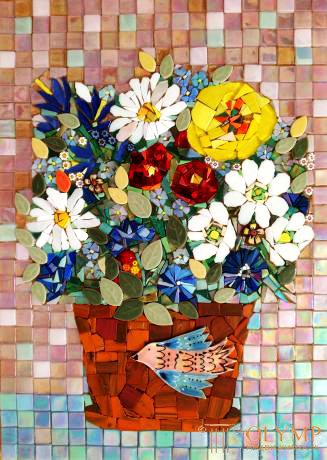
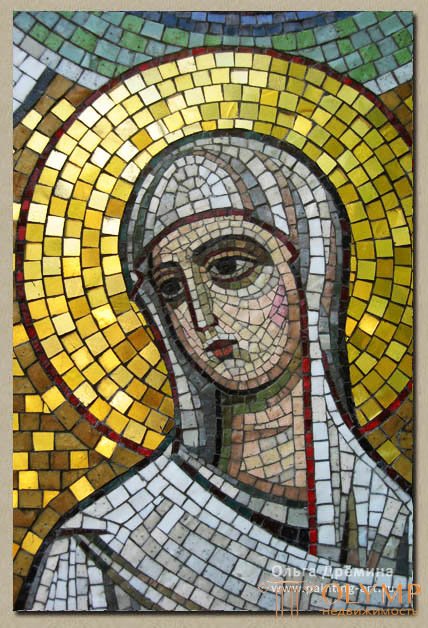
Equipment. Mosaic
Description. The image is assembled and laid out from multi-colored pieces of smalt (opaque glass), stone, ceramic tiles and other materials. Fastened predominantly on a flat surface. In Soviet times, it was very popular:
decoration of metro stations, recreation center
______________________________________________________________________________________________________________________
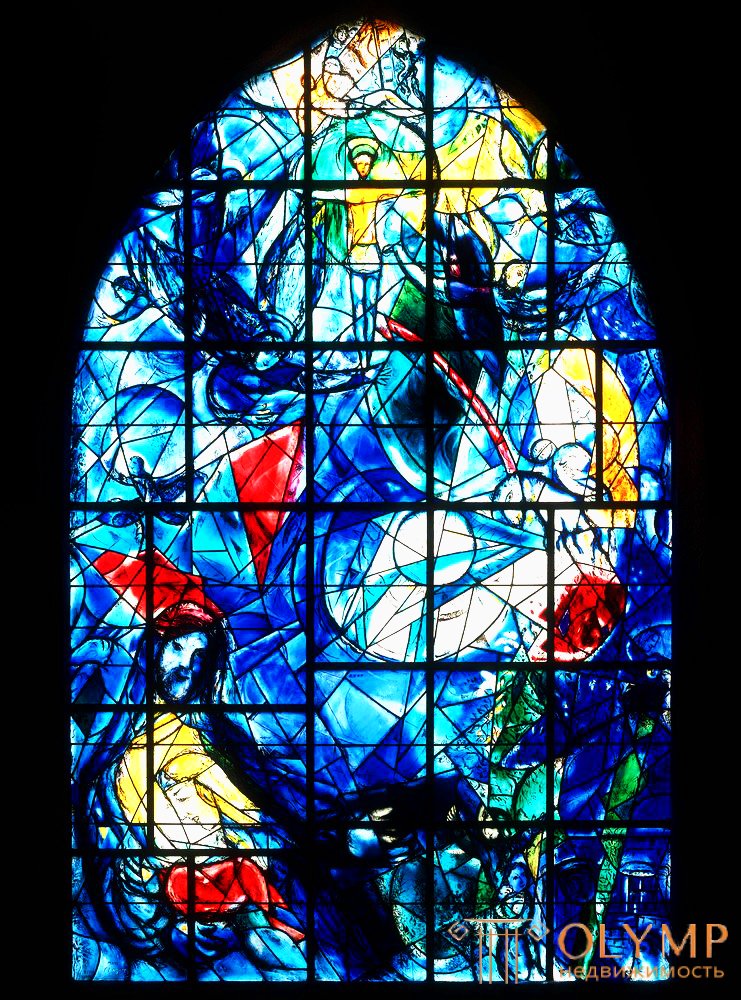
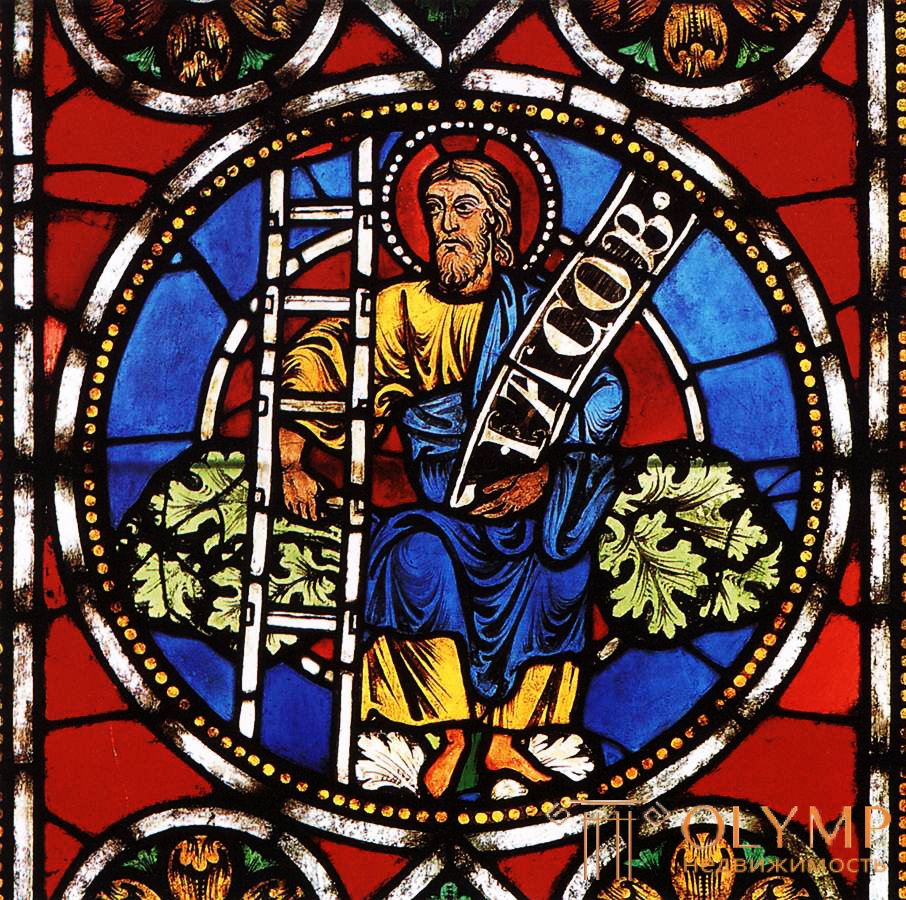
Equipment. Stained glass window
Description. Technique of monumental painting, designed to be placed on the glass and windows of the room. The image consists of pieces of multi-colored glass, connected by lead spikes. The finished picture is placed in the window opening. Previously, this technique was used in the decoration of medieval Gothic cathedrals. Currently enjoys popularity in interior decoration.
________________________________________________________________________________________________________________________
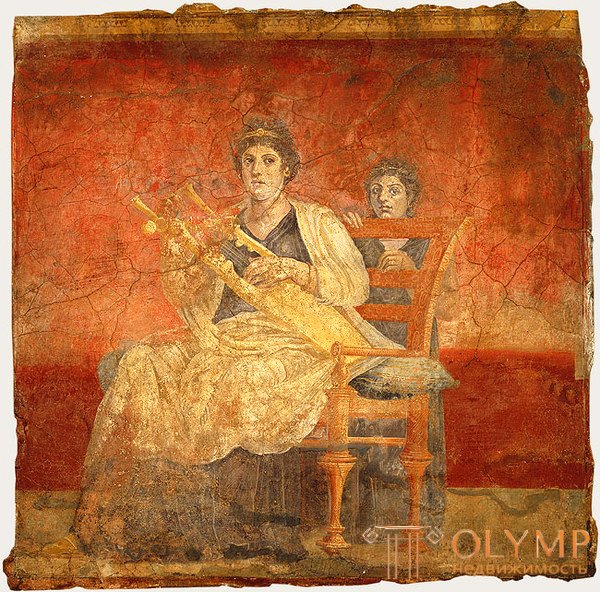 Equipment. And seko
Equipment. And seko
Description. Wall painting, performed, in contrast to the fresco, on a solid, dried plaster, re-moistened. Paints for this technique are ground on vegetable glue, egg. The main advantage over the fresco is in pace, allowing to paint a larger surface area during a working day than with a fresco. But at the same time, this technique is not so durable.
_________________________________________________________________________________________________________
Epilogue
Monumental painting has come a long way of becoming, developing and improving along with humanity for several thousand years. This art will live as long as people preserve a sense of beauty and the need to decorate everything in which we interact in the process of our life. Monumental painting is undoubtedly a very important historical value. Due to its longevity, different generations of people and nations can learn a lot about the life activity of their ancestors, about the history of disappeared civilizations, about religious culture and many other historical facts. Therefore, it is important to preserve the objects of this art, to constantly restore them. The Meander company has qualified specialists and artists for the restoration of monumental painting. We can perform works of any complexity, including paintings.
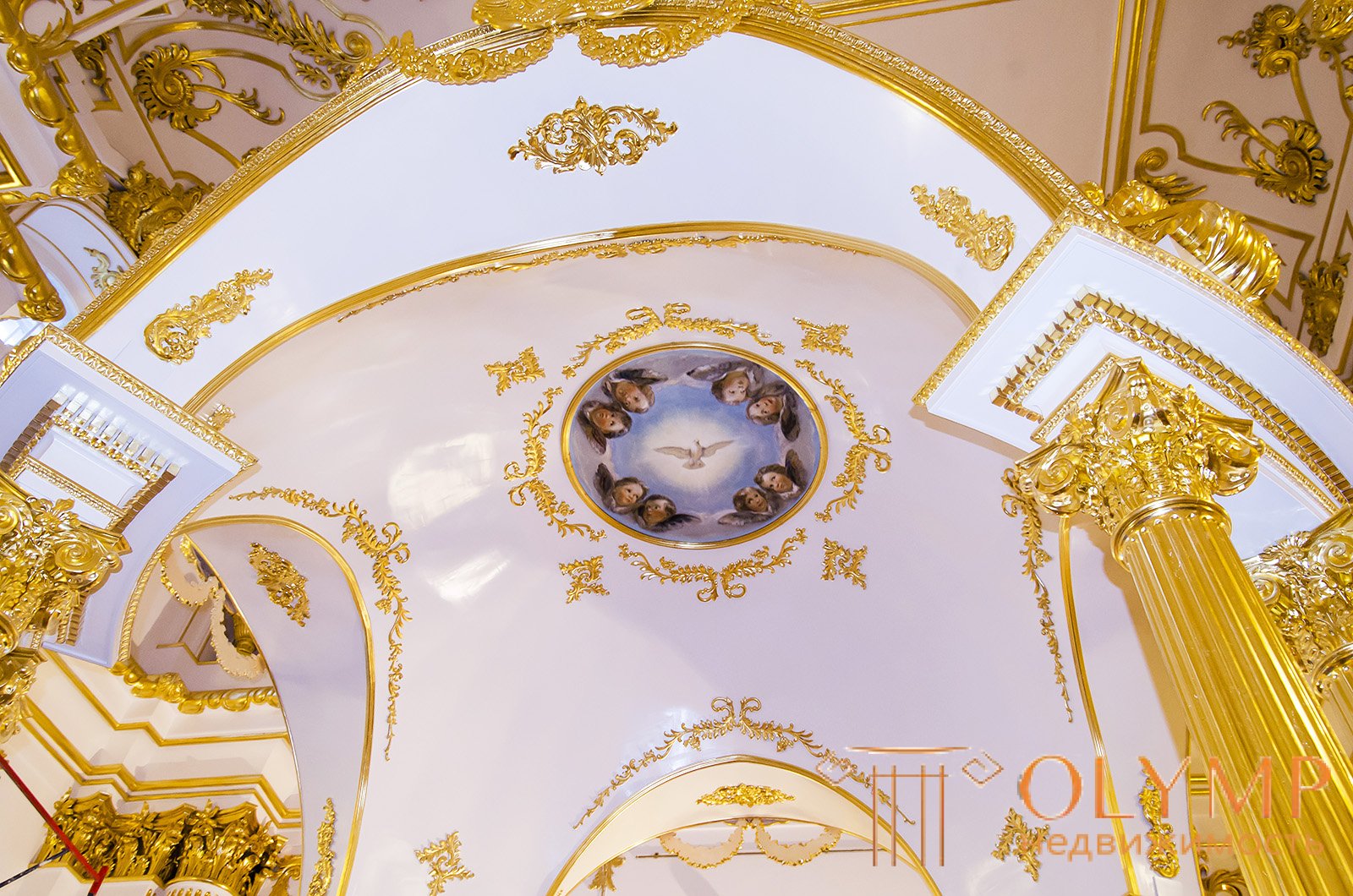
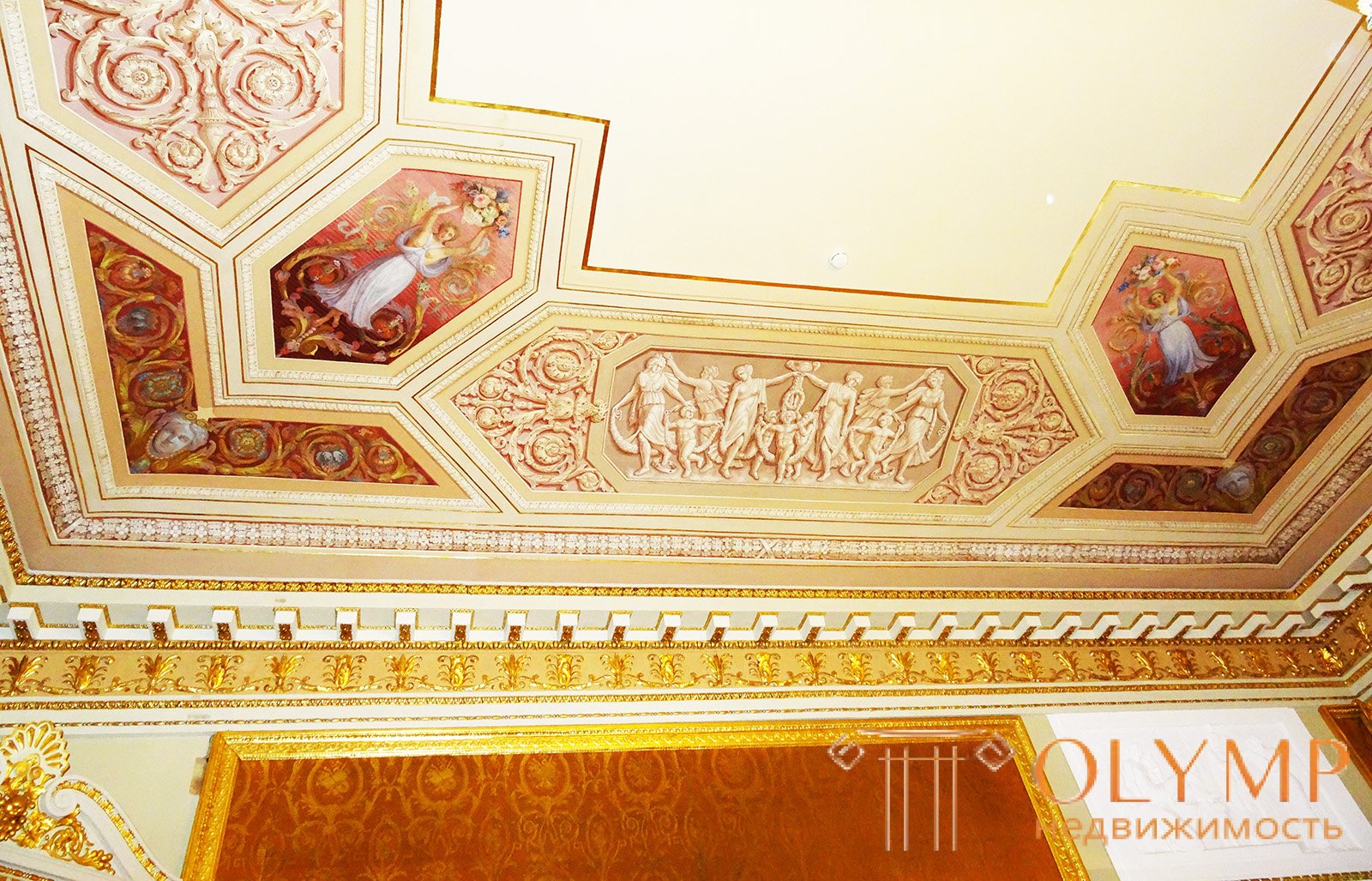
Что бы оставить комментарий войдите
Комментарии (0)